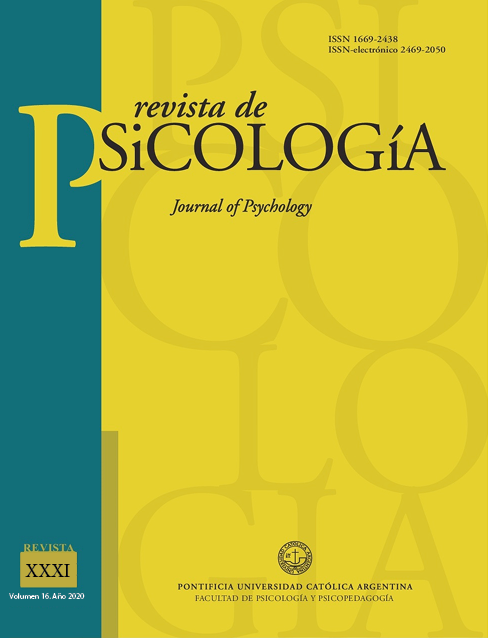Transformational Melodic Representation, implied cognitive processes
Keywords:
Tonal melody, cognitive processes, transformational space.Abstract
Melody is one of the fundamental elements of tonal music represented by the listener. Its study by comparing analytic and musical comprehension theories allows to deepen the investigation of perception and representation of the musical phenomena. In the present work, different theories are correlated, proposing a new theoretical model named “Transformational Melodic Representation” (TMR). Supported in the creation of a space in which both tonal melody and the listener’s psychological reality exist, established by a transformational model.
Downloads
References
Berry, W. (1987). Structural Functions in Music. New York, United States of America: Dover Publications.
Clavijo, A. (2007). Lo Psicológico como un Evento. Bogotá, Colombia: Universidad Nacional de Colombia.
Cooper, G. B. & Meyer, L. B. (1960). The Rhythmic Structure of Music. Chicago, Illinois, United States of America: University of Chicago Press.
Erut, A. & Wiman, F. 2012. El Espectro Métrico en el análisis musical. Revista - Instituto de Investigación Musicológica Carlos Vega, (26), pp. 509-547.
Jackendoff, R. (1992). Languages of the Mind: Essays on Mental Representation. Cambridge, Massachusetts, United States of America: MIT Press.
Jackendoff, R. (2002). Foundations of Language, Brain, Meaning, Grammar, Evolution. New York, United States of America: Oxford University Press.
Kim, J. (1993). Supervenience and Mind. New York, United States of America: Cambridge University Press.
Lerdahl, F. & Jackendoff, R. (1977). Toward a formal theory of tonal music. Journal of Music Theory, (21), pp. 111-171.
Lerdahl, F. & Jackendoff, R. (1983). A Generative Theory of Tonal Music. Cambridge, Massachusetts, United States of America: MIT Press.
Lerdahl, F. (2001). Tonal Pitch Space. New York, United States of America: Oxford University Press.
Lewin, D. (2010). Generalized Musical Intervals and Transformations. New York, United States of America: Oxford University Press.
Lindblom, B. & Sundberg, J. (1969). Towards a generative theory of melody. Department for Speech, Music and Hearing Quaterly Progress and Status Report, 10 (4), pp. 53-86. Stockholm, Sweden: Royal Institute of Technology.
Meyer, L. B. (1956). Emotion and Meaning in Music. Chicago, Illinois, United States of America: University of Chicago Press.
Meyer, L. B. (1973). Explaining Music: Essays and Explorations. Berkeley, California, United States of America: University of California Press.
Narmour, E. (1990). The Analysis and Cognition of Basic Melodic Structures: The Implication-Realization Model. Chicago, Illinois, United States of America: University of Chicago Press.
Narmour, E. (1992). The Analysis and Cognition of Melodic Complexity: The Implication-Realization Model. Chicago, Illinois, United States of America: University of Chicago Press.
Ottman, R. W. (1967). Music for Sight Singing (2da. ed.). Englewood Cliffs, New Jersey, United States of America: Prentice-hall.
Palmer, S. E. (1983). Human and Machine Vision. The Psychology of Perceptual Organization: A Transformational Approach. London, England: Academic Press.
Samaja, J. (1995). ¡La Bolsa o la Especie! Arte e Investigación, 1 (1), pp. 21-35.
Schenker, H. (1954). Harmony. Chicago, Illinois, United States of America: University of Chicago Press.
Schenker, H. (2001) Counterpoint, vol. I. Ann Arbor, Michigan, United States of America: Musicalia Press.
Schenker, H. (2001) Counterpoint, vol II. Ann Arbor, Michigan, United States of America: Musicalia Press.
Sloboda, J. (2005). Exploring the Musical Mind. New York, United States of America: Oxford University Press.
Temperley, D. (2001). The Cognition of Basic Musical Structures. Cambridge, Massachusetts, United States of America: MIT Press.
Downloads
Published
How to Cite
Issue
Section
License















